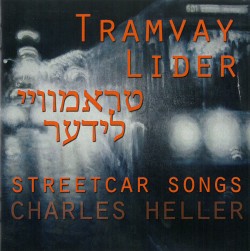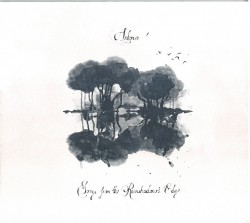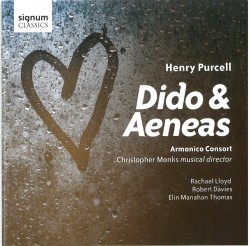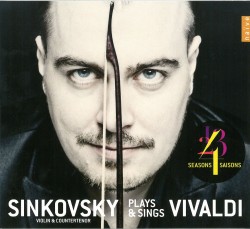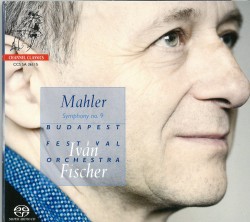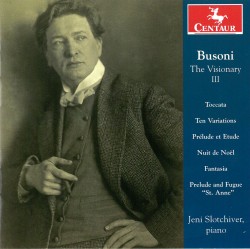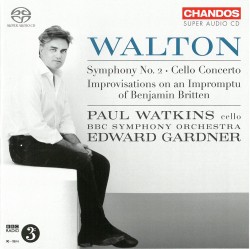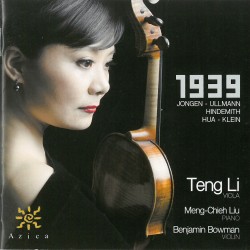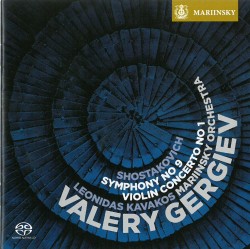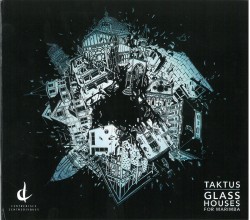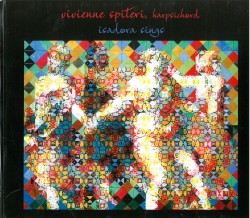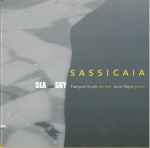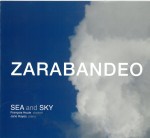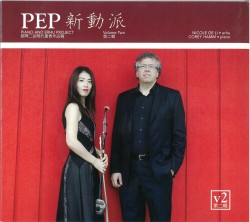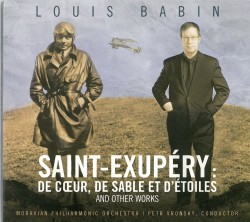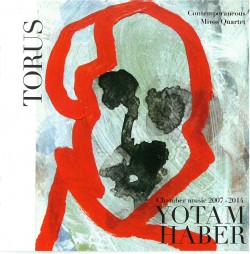Aria – Nicholas Isherwood performs John Cage
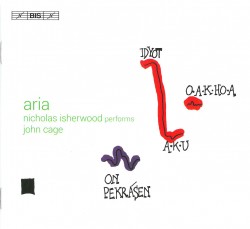 Aria – Nicholas Isherwood performs John Cage
Aria – Nicholas Isherwood performs John Cage
Nicholas Isherwood
BIS BIS-2149
To say that for many music lovers the music of John Cage is an acquired taste is to gloss over the intellectual charge contained within it. Cage was a fearless experimenter and many of his compositions were more of a “project” than a piece of music. Take the title piece Aria, augmented with bizarre tape snippets (Fontana Mix), as restored in 2009 by Gianluca Verlingieri. The sheer audacity of the piece, given it was created in 1958, “for a voice in any range” is enough to give us pause. This album takes us through 43 years of music and includes Cage’s settings from Joyce’s Finnegans Wake.
It may come as a surprise, given his post-modern inclinations that Cage treated the human voice in the very same way the composers of the Baroque did – as yet another instrument, to be tuned and used to its limits. His favourite instrument was actually the voice of Cathy Berberian, for whom Aria was written. On this recording, Isherwood proves himself to be an attentive custodian of Cage’s music. In the unpublished Chant with Claps, his folksy rendition brings to mind some of the recordings of Appalachian songs by Custer LaRue and emphasizes the improbable: John Cage, the composer, the experimenter, the rebel, the visionary was also a balladeer. This is a great education for the ears – wide open.


